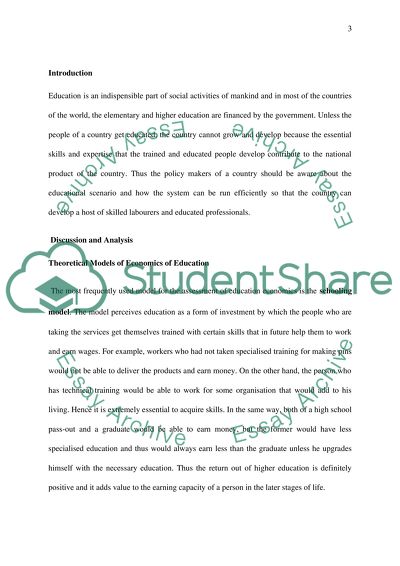Cite this document
(“Labour Economics, Essay Example | Topics and Well Written Essays - 1000 words”, n.d.)
Labour Economics, Essay Example | Topics and Well Written Essays - 1000 words. Retrieved from https://studentshare.org/macro-microeconomics/1485813-labour-economics
Labour Economics, Essay Example | Topics and Well Written Essays - 1000 words. Retrieved from https://studentshare.org/macro-microeconomics/1485813-labour-economics
(Labour Economics, Essay Example | Topics and Well Written Essays - 1000 Words)
Labour Economics, Essay Example | Topics and Well Written Essays - 1000 Words. https://studentshare.org/macro-microeconomics/1485813-labour-economics.
Labour Economics, Essay Example | Topics and Well Written Essays - 1000 Words. https://studentshare.org/macro-microeconomics/1485813-labour-economics.
“Labour Economics, Essay Example | Topics and Well Written Essays - 1000 Words”, n.d. https://studentshare.org/macro-microeconomics/1485813-labour-economics.


